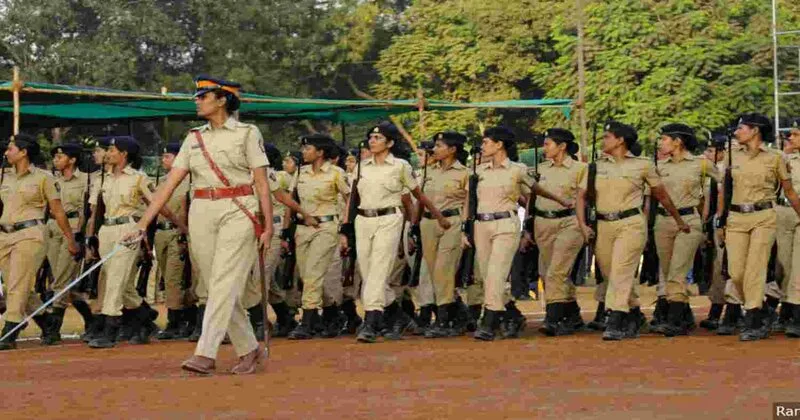
The India Justice Report (IJR) 2025 has revealed a significant gender disparity within India’s police force, highlighting that 90 per cent of women officers serve in junior constabulary roles, with fewer than 1,000 women in senior positions such as Director-Generals and Superintendents. Of the 2.4 lakh women in the police, only 960 are in the Indian Police Service (IPS), and 24,322 are in non-IPS officer roles like DySPs and Inspectors, while over 2.17 lakh serve as constables. Despite increasing awareness of the need for gender diversity, no state or Union Territory has achieved its women representation targets in policing.
The IJR, initiated by Tata Trusts and supported by civil society organisations, assessed justice delivery across police, judiciary, prisons, and legal aid. Karnataka ranked highest among 18 large and mid-sized states for the second consecutive time, followed by Andhra Pradesh, Telangana, Kerala, and Tamil Nadu. However, the report also pointed out persistent underrepresentation of Scheduled Castes (17%) and Scheduled Tribes (12%) in the police, as well as a drop in paralegal volunteers by 38 per cent over five years. While the share of women in the district judiciary has risen to 38 per cent, SC/ST representation remains low at 14 per cent and 5 per cent, respectively.
The report flagged systemic issues in India’s justice infrastructure, including severe judge shortages—15 judges per million people, against the recommended 50—and court vacancies of 33 per cent in High Courts and 21 per cent in district courts. Prison overcrowding, with an average occupancy of 131 per cent, was especially dire in Uttar Pradesh, where some jails operate at over 250 per cent capacity. Healthcare access in prisons is also strained, with a national prisoner-doctor ratio of 775:1, far worse than the recommended 300:1. As India’s prison population is projected to reach 6.8 lakh by 2030, the report warns that urgent reforms are essential to avoid worsening the burden on marginalised communities.

Post Your Comments